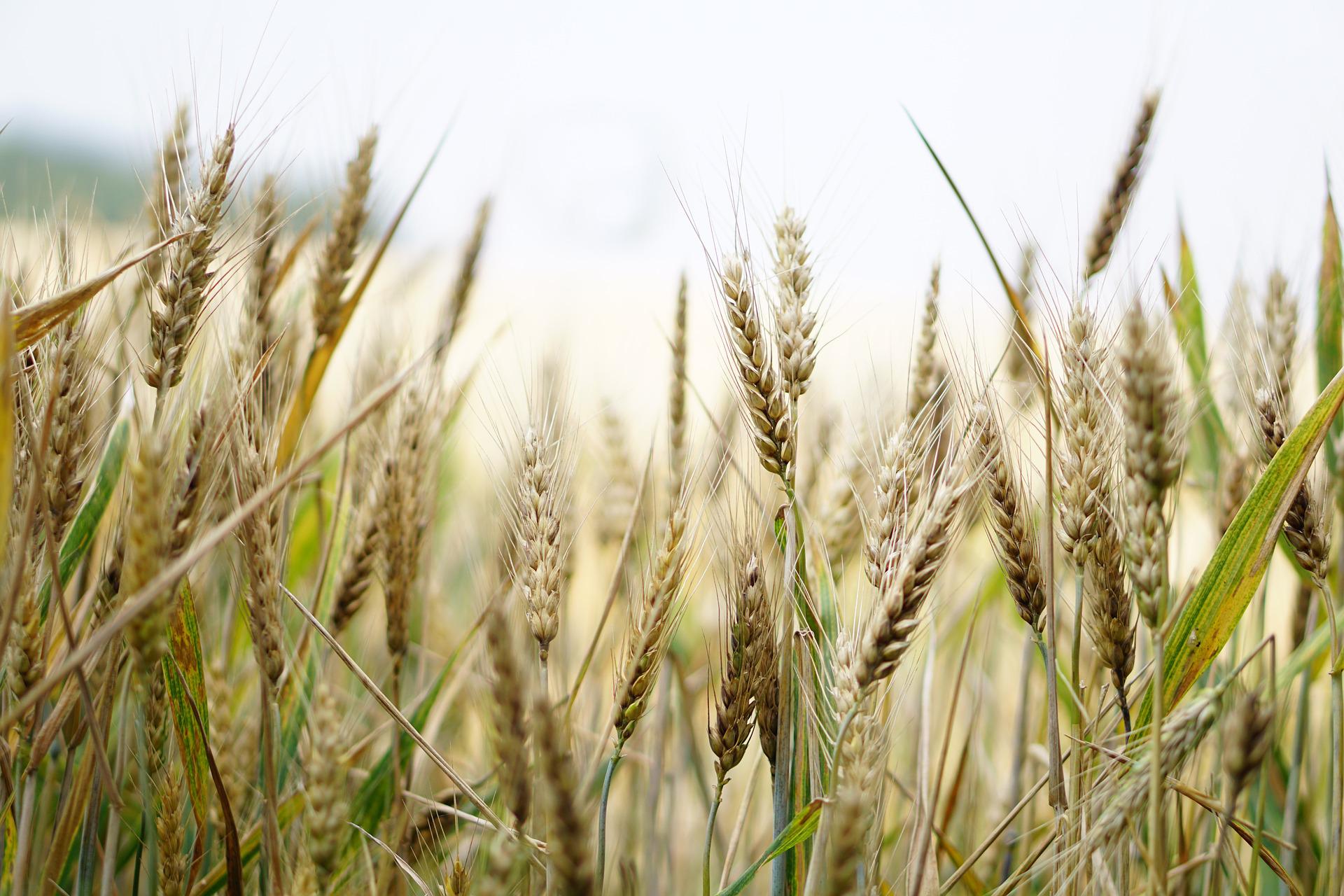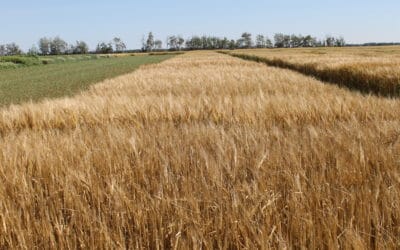Farmers in Alberta followed the national trend by planting more wheat this year, the June 2022 principal field crop areas report from Statistics Canada says.
Nationally, farmers planted 25.4 million acres of wheat, up 8.7 per cent from last year. Spring wheat lead the increase jumping 10.5 per cent, while durum acreage rose 8.6 per cent. In Alberta, farmers planted 7.6 million acres of wheat, up 9.6 per cent, spring wheat area rose 9.3 per cent, while durum rose 9.9 per cent.
“The increase in total wheat area may be attributable to favourable prices and strong global demand,” the report said.
Canola acreage fell nationally, dropping 4.7 per cent to 21.4 million acres. In Alberta farmers reported planting 6.5 million acres, down three per cent. The report noted that despite high prices, area may have decreased as farmers shifted to alternate crops such as cereals.
Barley acres also dropped. Nationally seven million acres were planted, down 15.1 per cent. While in Alberta acreage fell 8.1 per cent. Oat acreage increased with area rising 16.1 per cent nationally to four million acres and 22.7 per cent in Alberta.
Dry pea acreage fell — nationally 11.8 per cent less acres were planted and in Alberta area dropped to 103,800 acres.
Planting conditions were variable across Alberta during the planting season. The report noted temperatures were generally below normal for large portions of western Canada.
In southern Alberta, precipitation at the beginning of the growing season was well below normal, exacerbating already dry conditions from the previous year, the release said. However, this provided producers the opportunity to seed at a near-normal pace.
In northern Alberta, farmers received more precipitation than normal at the start of the growing season.
“While above-average precipitation in these areas helped to alleviate soil moisture deficits caused by the previous year’s drought, seeding was delayed as a result.”
The report noted that besides environmental conditions, high input prices, high crop prices resulting from low national and global supply, and the ongoing conflict in Ukraine likely impacted farmers’ final seeding decisions.
Related Articles
Alberta Farmers to Plant More Wheat, Less Canola This Year





